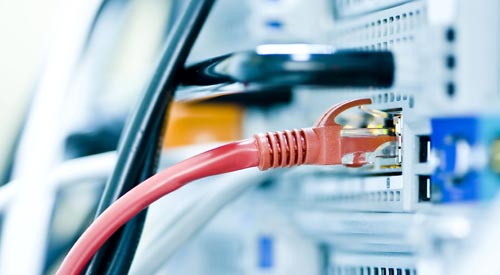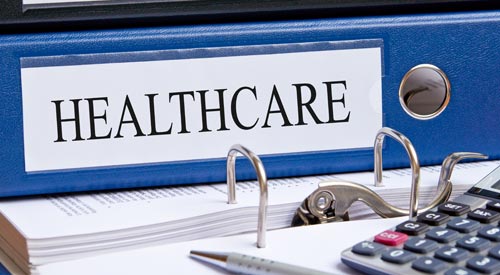-
Business
-

Policy & Business
-
-
Federal IT
-

Information Technology
-
-
State & Local
-

State & Local Government
-
-
Defense
-

Defense & Intelligence
-
-
Healthcare
-

Healthcare Policy & IT
-
-
Energy
-

Energy Policy & Technology
-
-
Education
-

Education Policy & Technology
-
Resource Library: Whitepaper Download

BYOD Checklist: Managing Personal Devices in Government
An increasingly popular program for using personal devices at work, “BYOD” is an acronym that stands for “Bring Your Own Device.” As its name suggests, BYOD organizations encourage employees to use their own devices for work communications — including smartphones, laptops, and tablets — in addition to or instead of government-issued devices. The reasons behind BYOD adoption are simple: Employees want to use their personal devices for work while supervisors want to empower their workforce with tools that make communication and collaboration more efficient and productive.
By creating a BYOD plan that targets business-related messages regardless of device or channel, you’re not only ensuring that these communications are captured and archived, but you’re also giving your employees the freedom to work when, where, and how they prefer — and saving significant money in the process. That’s a win-win for everyone involved!
Sponsored by: Smarsh
i360Gov Newsletters
The most significant government policy, business, and technology news and analysis delivered to your inbox.
Subscribe NowAbout
i360Gov is an intelligent network of websites and e-newsletters that provides government business, policy and technology leaders with a single destination for the most important news and analysis regarding their agency strategies and initiatives.
Contact Us
Telephone: 202.760.2280
Toll Free: 855.i360.Gov
Fax: 202.697.5045




